what is citrate gold nanoparticles? When a particle of Au metal is comparable in size to the wavelength of visible light (1 to 2 nm), it interacts with the light it encounters. The color of AuNPs depends on the physical properties of the size and shape of the NPs. The gold nanoparticles colour and size determine how it interacts with light, and this interaction is the determining factor for the color of NPs solution.

A model for the formation of gold nanoparticles in the citrate

A gold atom has independent energy bands, but in the Bulk or gold mass, energy bands are intertwined. Formation of gold nanoparticles are an intermediate state between the independent atoms of gold and the atoms of gold complexes. These particles range in size from 1 to 100 nm; and their energy bands are neither fully independent nor highly intertwined.
- Gold nanoparticles are generally divided into three types: physical, chemical and green. These methods differ in the degree of stability and the type of resuscitation agent used.
- Physical methods drive the production of gold nanoparticles through a Top-Down strategy. Chemical recovery methods also rely on the Bottom-Up strategy to chemically recover gold ions from the solution.
- Manufacturing high quality gold nanoparticles requires controlling the size, shape, dispersion of particles in the environment, effective stabilization and proper surface functionalization control.
- In addition to making spherical gold nanoparticles, significant advances in the fabrication of various other forms of these nanoparticles have been reported, including gold nanoparticles, gold nanoparticles, gold nanoseconds and gold hexagons.
How many types of nano particles are there on the market?

- Nanoparticles as Labels or Tags increase the sensitivity, speed, and flexibility of biological tests that measure the presence or activity of a given material.
- Nanoparticles are able to test low-volume samples.
- Many of the methods described can be used for DNA and proteins.
- Nanoparticles allow the detection of microorganisms or molecules that are not possible by conventional methods.
- Early detection of diseases such as cancer enhances the success and success of treatment.
- Some of the methods mentioned eliminate the need for PCR.
- Nanoparticles have a positive effect on clinical decision making and treatment costs by reducing the time required for sample testing.
- Nanoparticle probes have the potential to be useful in in vivo diagnostics.
- Most of these non-toxic compounds or their toxicity are very low.
- One of the properties of nanoparticles is the high surface-to-volume ratio. It is necessary to maximize the contact rate to increase the efficiency of the catalysts. The greatest effect of nanoparticles is on catalysts and reactants.
What are the important uses of citrate gold nanoparticle?

Colloidal gold is essentially non-toxic. There is no colloidal gold dangers and it has no undesirable side effects. However, overdosing can lead to gold poisoning, which is detrimental to health. Important uses of citrate gold nanoparticle:
- As an antibiotic, antifungal and antimicrobial agent to be added to coatings, nano-fibers and ceramic tiles.
- For use in catalysts and nano-wires.
- In response to the therapeutic agent.
- To connect resistors, conductors and other elements of an electronic chip.
- In photodynamic therapy – when light is shattered into a tumor containing gold nanoparticles, these particles rapidly heat up and kill cancer cells.
- In a variety of sensors, for example, a gold nanoparticle photometric sensor can detect whether a food is suitable for consumption.
- As a substrate for measuring the vibrational energies of chemical bonds in surface-enhanced Raman spectroscopy
- The returned colors of gold nanoparticles are commonly used for biological imaging purposes.
- Gold nanoparticles are quite dense, so they can be used as probes in TEM.
- To detect biomarkers in the diagnosis of cancer, heart disease and infectious agents.
- As catalysts in a number of chemical reactions.
Wholesale price range of citrate gold nanoparticle

There are two major methods for the synthesis of gold nanoparticles that are performed with either 3-sodium citrate or 2-sodium borohydrate. In the first method the reaction is easily accomplished by heating the gold salt to boiling point and then adding citrate salt.
Nanoparticles obtained by this method are usually larger in size than sodium borohydrate. Synthesis of gold nanoparticles with sodium borohydrate depletion does not require heating and the particle size is smaller but colloidal nanoparticles are less stable and commonly used by different stabilizers.
It is estimated that the gold nanoparticles market will grow at a remarkable rate in the range of 1 to 2. North America is expected to witness major growth in gold nanoparticles demand due to the growth of the medical technology sector in the US and Canada over the forecast period.

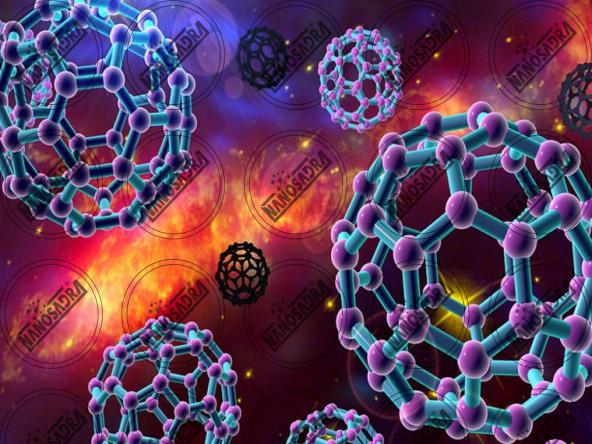
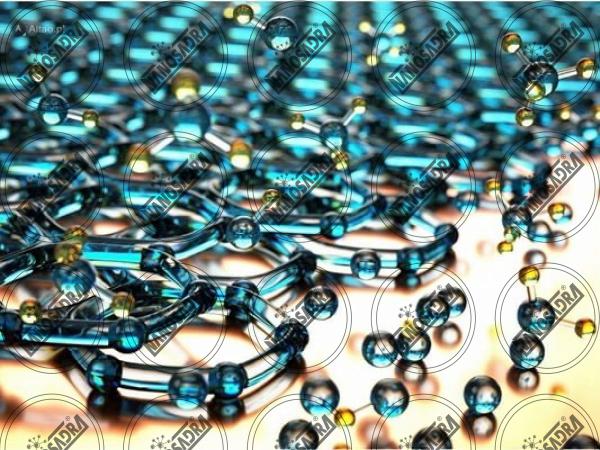
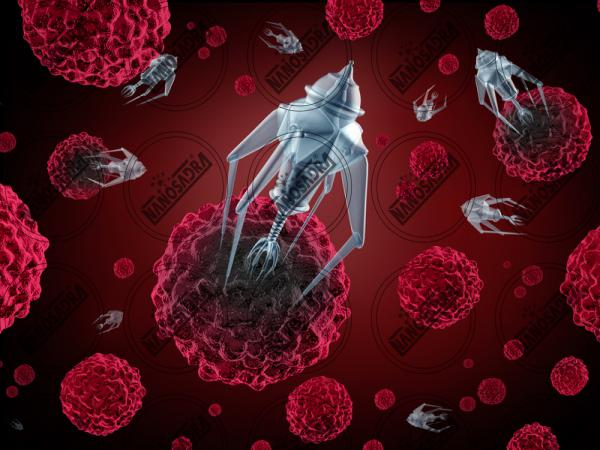

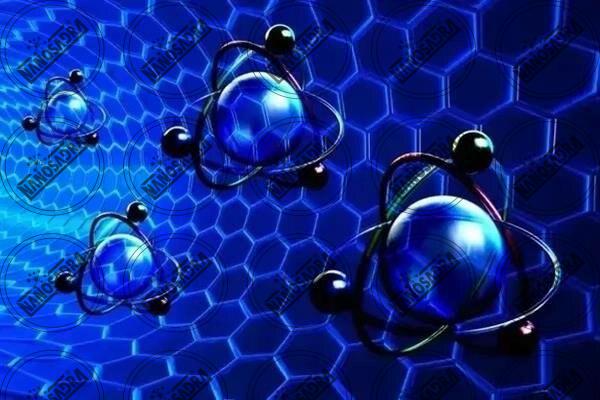

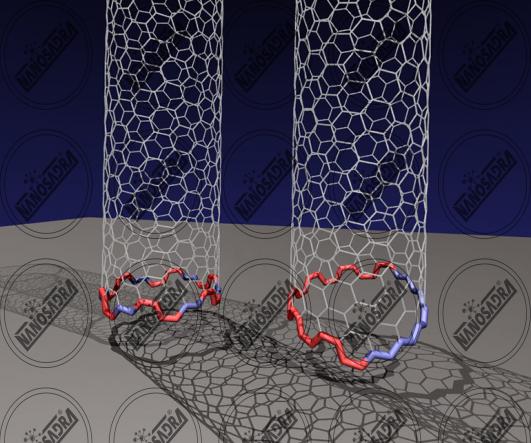


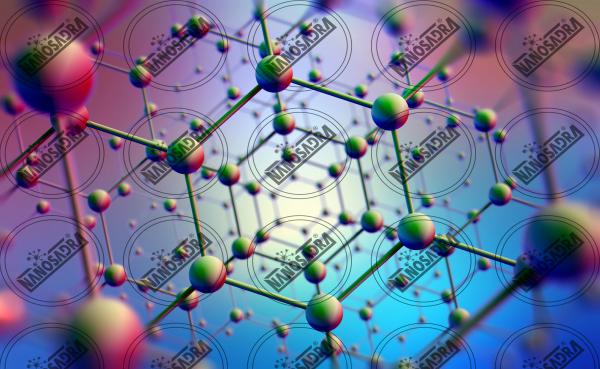
Your comment submitted.